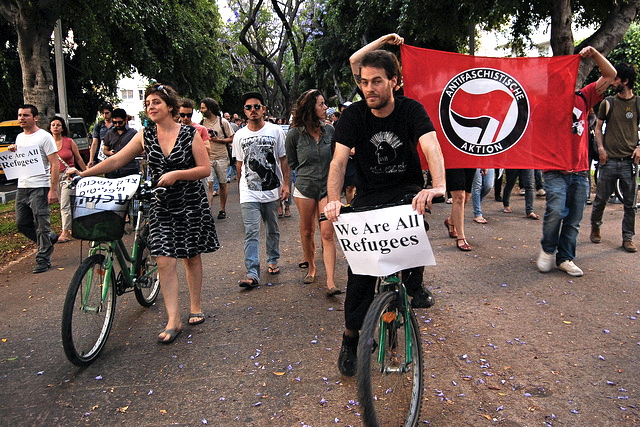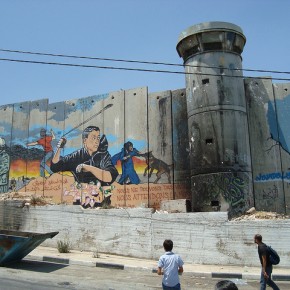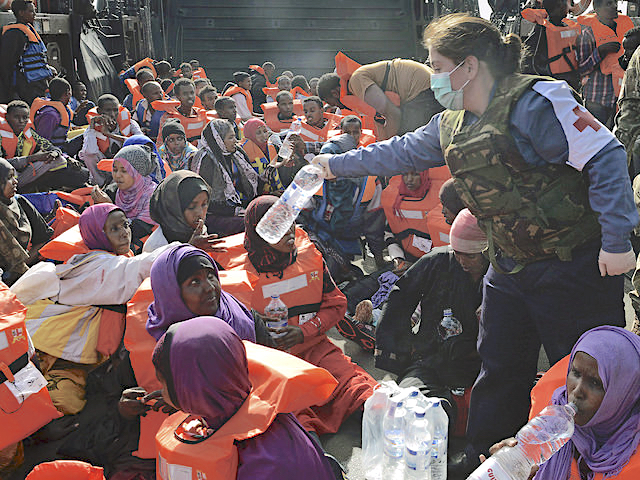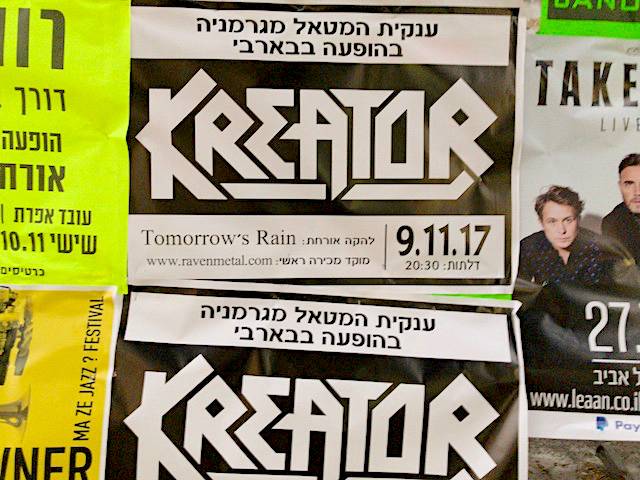When my agent and I shopped my book about Israel’s migrant workers and African refugees around, we got a lot of those, “We love it but it’s not right for us” and “This is an important book that needs to be published. But there’s no audience for this.” But perhaps the most common response was, “Where are the Palestinians?”
The Palestinians are there, of course. They are discussed directly and indirectly. As migrant workers were first brought to Israel during the First Intifada to replace Palestinian day laborers—a fact I take care to mention in my book—you can’t talk about the state’s treatment of foreign workers without alluding to those they replaced. And with most Palestinians locked behind the separation barrier, migrant workers and African refugees—the “new” non-Jewish “others” in Israel—have become more convenient stand-ins for the racist sentiments that have long been channeled towards Palestinians.
But, no, publishers who haven’t set foot in Israel—much less covered it as a journalist for years on end—insist that the “conflict” is about Jews vs. Arabs, Israelis vs. Palestinians, not Israel versus all non-Jewish others. Tell that to the families of migrant workers who are being deported by the state; tell the African refugees who face prison without trial that Israel’s conflict is with the Arabs.
And tell that to the many Israeli politicians who readily admit that the issue is preserving a Jewish state.
Further, Israel has tweaked the1952 Entry to Israel law and the 1954 Infiltration Prevention law—both of which discriminate against Palestinians—broadening them to apply to migrant workers and African refugees. Israeli politicians use similar rhetoric and separation methods (read: walls) against all of these non-Jewish groups.
As I wrote in The National:
“In 2003 Mr Netanyahu, then finance minister, called Arab citizens of the state a “demographic problem” adding that the separation barrier would stop a “demographic spillover” of Palestinians from the Occupied Territories. Fast forward to 2010: Prime Minister Netanyahu calls African asylum seekers a “concrete threat to the Jewish and democratic character of the country” and promises another separation barrier, this one to run the length of the border between Egypt and Israel.
When considered through the lens of the government’s goal of maintaining a ‘Jewish and democratic’ country, every non-Jew – Arab or African, Christian or Muslim – becomes a ‘threat’ to or enemy of the state. It’s not about Palestinians or Arabs per se. It’s about maintaining Jewish privilege.”
The experience with my book has taught me that the international conversation about Israel/Palestine is stagnant—even though it appears to be changing.
Growing media interest in the “new” unarmed resistance movements—which have actually been around in one form or another since the Ottoman occupation of Palestine—feeds into two binaries: non-violent vs. violent; Israelis vs. Palestinians (or Jews vs. Arabs). Both are problematic.
Regarding the latter, Dr. Mazin Qumsiyeh points out in Popular Resistance in Palestine:
“In 1831, the Egyptian armies of Muhammad Ali occupied Palestine, appointing Muhammad Ali’s son Ibrahim as ruler. A Palestinian peasant uprising against Egyptian rule echoed earlier revolts in 1808 and 1826 against the Ottomans. On May 19, 1834, notables of the towns, villagers, and Bedouins told Egyptian officials in Nablus, Jerusalem and Hebron that they would not supply the quota of conscripts.”
Just as Israel doesn’t take issue with Palestinians, per se, but rather all non-Jews in general, neither have most Palestinians historically taken issue, per se, with Jews. Rather, many Palestinians take issue with occupation and oppression and colonialism and foreign attempts to appropriate resources, whether it is people, as was the case in the 1834 revolt against the Egyptians, or land, as is the case with Israel today.
When one operates in binaries, one invokes the specter of “Palestinian violence” simply by talking about non-violence. By making a spectacle of non-violence, journalists treat it as though it is something extraordinary; by saying, “Look, look, now they’re non-violent!” one implies that Palestinians were and are inherently violent. Research shows that “positive” stereotypes merely serve to uphold the negative ones.
While online publications like Mondoweiss and Open Zion suggest that the conversation about Israel/Palestine does seem to be broadening a bit, the debate still seems to revolve around Zionism vs. anti-Zionism and two-state vs. one-state and other oppositional ideas. The discussion about the “conflict” remains black and white. How can things here be framed as a conflict when the power imbalance is so unequal, when political, financial, and military support are all skewed in one direction: Israel’s?
The Palestinian street is increasingly moving towards a rights-based approach to resistance. And human rights—whether they are for Palestinians, migrant workers, African refugees, or Jews—aren’t about taking sides. Will the media and publishers listen?
Next Week: What the media and publishers do listen to – violence.
Photograph courtesy of Sasha Y. Kimel. Published under a Creative Commons license.





